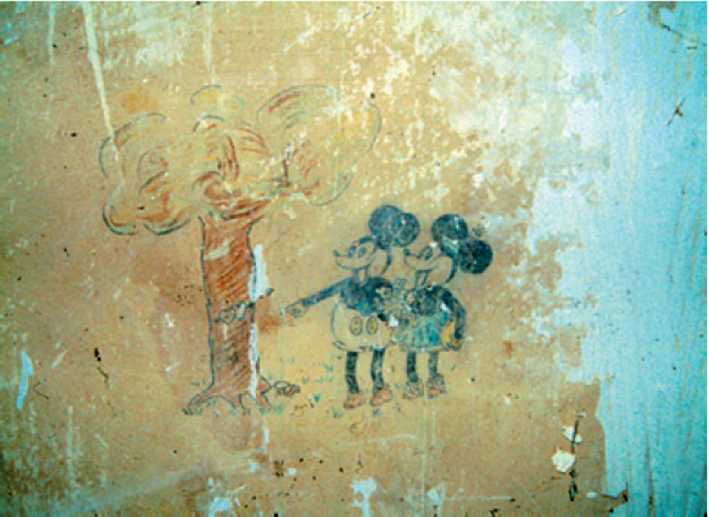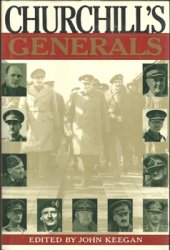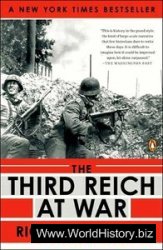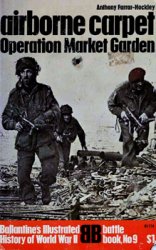Today, the picture presented in David Crossley’s Post Medieval Archaeology (1990) is unrecognizable. Since the turn of the millennium, the field has responded to fragmentation and critique by developing diversity, a renewed self-confidence in the distinctive perspectives of archaeology in all its forms, and its abilities to combine alternative approaches. While the complex processes that have contributed to the present situation are still in the process of becoming clear, they are sketched in this section.
The year 2000 saw the publication of a landmark document by English Heritage, Power of Place: The Future of the Historic Environment, which included the results of a major MORI survey of public attitudes to heritage in England. The document highlighted two interrelated phenomena: how many people, especially among the Black and Asian communities, felt excluded from heritage, and how for many people the remains of the recent past - which often formed part of the everyday built environment in which they lived - represented valued aspects of the heritage. Since then, the potential for historical archaeology to engage with issues of public value and social inclusion has been an important inspiration for historical archaeologists. One emerging theme in such studies is the archaeology of British identity.
The past 500 years have witnessed the historical emergence and changing limits of ‘Britain’. Through the Acts of Union of 1707 which brought together England and Scotland to form the Kingdom of Great Britain, and the Act of Union of 1800 which brought Northern Ireland into the United Kingdom of Great Britain and Ireland, the British nation was, in historian Linda Colley’s double-edged term, ‘forged’ during the eighteenth and nineteenth centuries. Behind these legislative processes lay complex medieval and early modern developments: the personal union between the Irish Parliament and Henry VIII (1541), the Laws in Wales Acts (1535-1542) which brought together England and Wales, the establishment of English plantations in Ulster plantation after the Nine Years War (1594-1603). Such processes also continued into the twentieth century, with the division of Belfast and Derry/Londonderry from the rest of Ireland, forming Northern Ireland, in 1920-1921, and the establishment of the devolved Northern Ireland Assembly in 1998 - bringing the repeal of the Government of Ireland Act of 1920 and the end of direct rule from Westminster. Cutting across these processes, British culture has continually benefited from the arrival of immigrant populations during the post-medieval period - especially from continental Europe, Africa, the Caribbean and southern and eastern Asia.
A number of British historical archaeologists have begun to develop studies that combine an archaeological examination of these historical processes with an awareness of contemporary politics. Jim Gardner’s 2004 study of heritage among the Bangladeshi community in east London and Siiin Jones’ studies of the complex relationships between Scottish heritage and memorialization have been especially influential here. The plantation archaeology of Ulster, and of the Munster plantation in contemporary southern Ireland (established during the 1580s), holds great potential to explore similar themes, but remains underdeveloped despite recent engagements by American archaeologists Audrey Horning and James Delle.
Others, such as Matthew Johnson, have pointed to the potential of a postcolonial archaeology of Britain. In this vein, Dan Hicks has sought to trace the influence of colonial history upon British landscapes and material culture through his fieldwork at the garden of mid-eighteenth-century Atlantic merchant Thomas
Goldney III in Clifton, Bristol. In her 2003 edited collection Archaeologies of the British, Australian archaeologist Susan Lawrence placed studies of British identity and regionality undertaken by archaeologists such as Alasdair Brooks, Pamela Graves, Adrian Green, Matthew Johnson, and James Symonds in the United Kingdom in global comparative perspective.
The 2000s have also seen a number of challenges to the conventional neglect of twentieth-century (and even more recent) archaeology. Victor Buchli and Gavin Lucas’ edited collection Archaeologies of the Contemporary Past (2001) was highly influential here, especially the editors’ own study of an abandoned council house in Cambridgeshire. In a radical departure from the rhetorical use of archaeologies of the recent past in postprocessual archaeology, Buchli and Lucas eloquently demonstrated the potential for archaeological methods to be used to contribute to the social scientific study of homelessness, drug use and the effectiveness of housing policy. The social usefulness of archaeologies of the recent and contemporary past have also been clearly demonstrated in the rapid development of forensic archaeology in Britain, especially through the work of Margaret Cox.
The annual meetings of the Contemporary and Historical Archaeology in Theory (CHAT) group, convened in 2003, have provided a venue for the development of such ‘contemporary archaeology’ alongside more conventional historical archaeology. The archaeology of the sixteenth-nineteenth centuries has also seen renewed attention, especially in the work of museum-based archaeologists such as Geoff Egan in London and David Barker in Stoke-on-Trent who have continued to develop sophisticated studies of post-medieval material culture studies; in studies of the reception of medieval buildings in the early postmedieval period such as the work of Kate Giles; and in Chris Dalglish’s studies of the landscape archaeology of improvement in eighteenth-century Argyll. Meanwhile, especially through the work of John Schofield, twentieth-century archaeology has been developed further in military archaeology - a field in which archaeologists have studied Cold War military sites, the remains of antinuclear peace camps and wall art as well as more conventional World War I and World War II remains (Figure 4) - and in other aspects of twentieth-century archaeology. Here, archaeological survey methods have been increasingly combined with oral historical and documentary research - most vividly in Laura McAtackney’s study of the archaeology of the Long Kesh/Maze prison site in Northern Ireland, which is now decommissioned. Twentieth-century archaeology has also proved a fertile area for public archaeology projects, which involve members of local communities in field

Figure 4 Mid-twentieth century wall art on the walls of a prisoner of war camp in Lincolnshire, showing Mickey and Minnie Mouse. Courtesy of Roger J. C. Thomas.
Projects, such as Eleanor Conlin Casella’s excavation of two cottages at Alderley Edge, Cheshire and Gabriel Moshenska’s oral historical research around the Museum of London community excavation of the remains of bombed-out Victorian terraced houses at Shoreditch Park in east London.




 World History
World History









